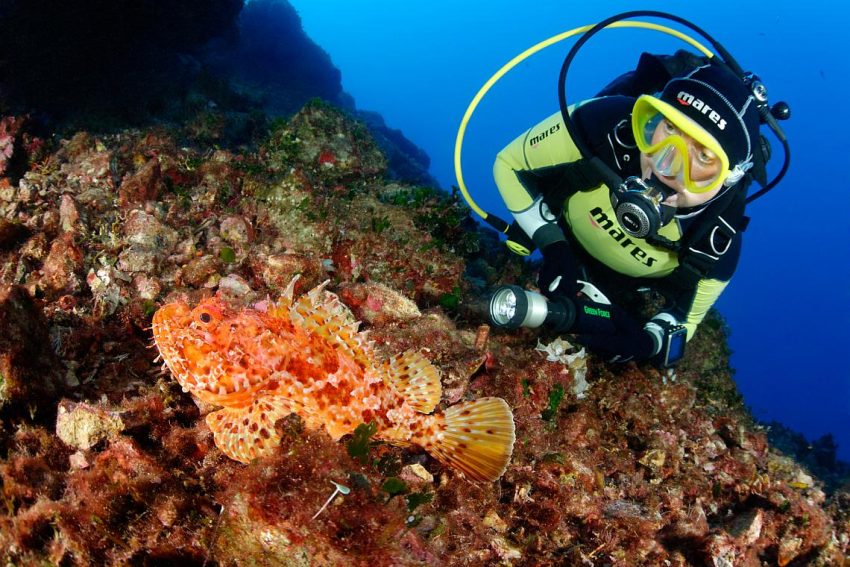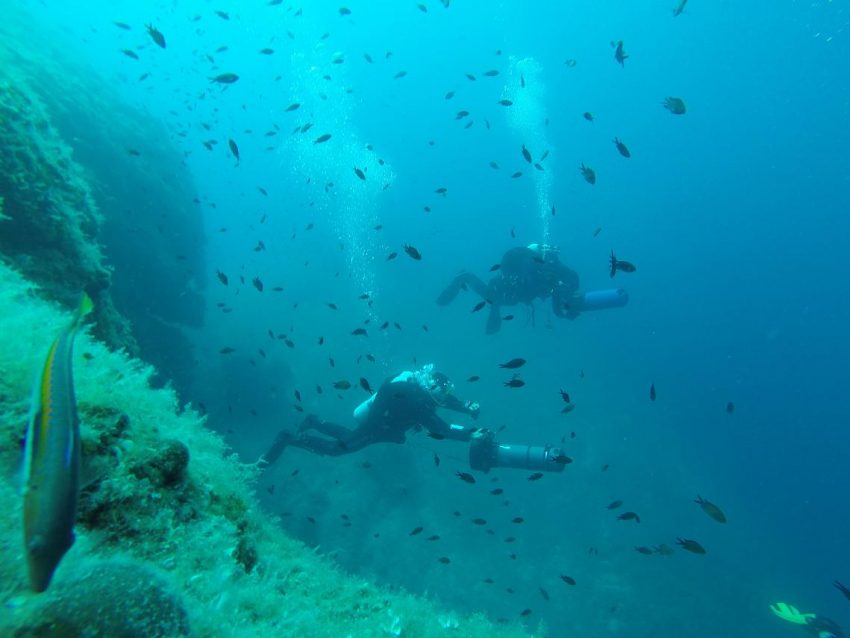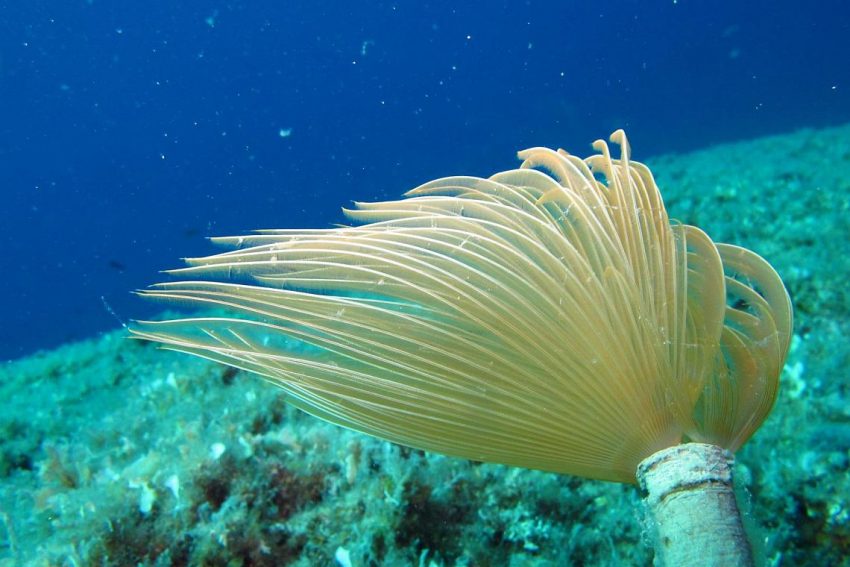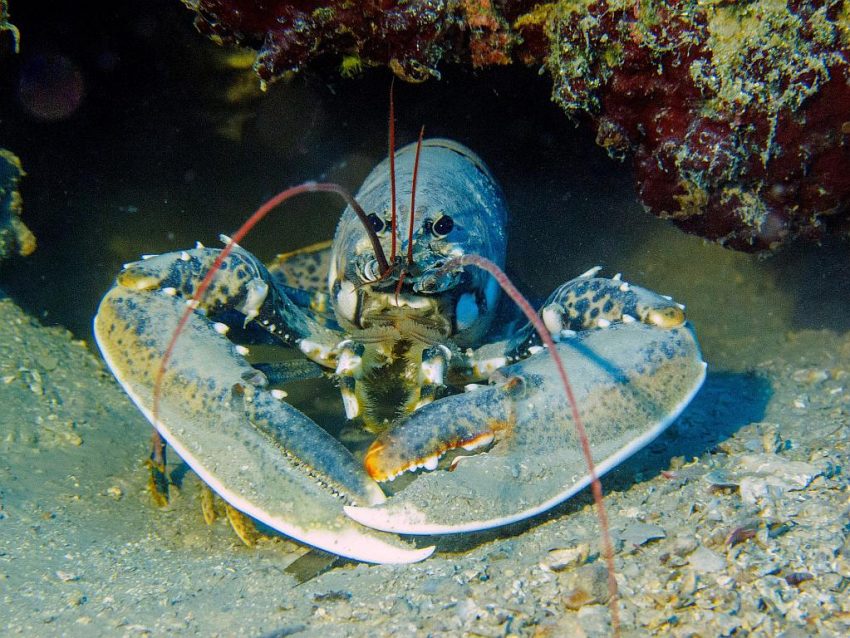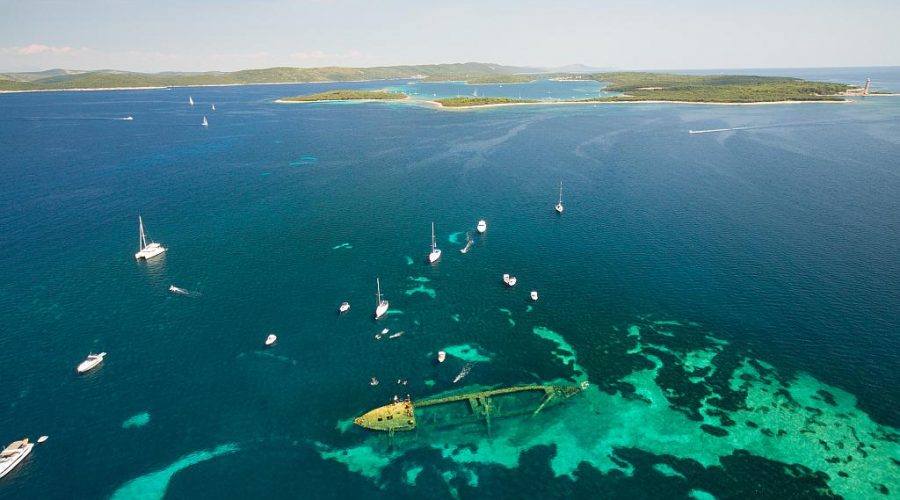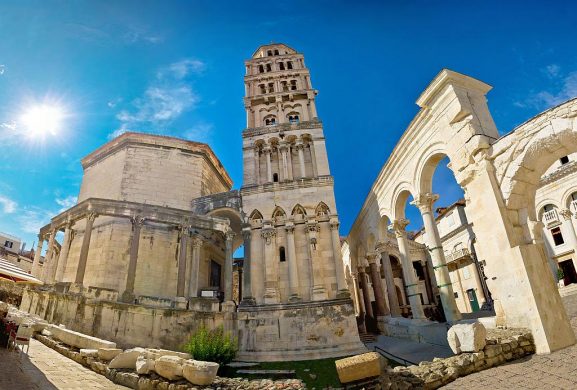Scuba Diving in Croatia
The crystal clear waters of the pollution-free Adriatic Sea and a variety of fish and wildlife have put scuba diving at the top of Croatia’s long list of outdoor activities. Along the coast, there are numerous protected archaeological sites dating back to ancient times and many amazing places where to explore the magnificent underwater life of the Adriatic sea. It doesn’t matter if you are an expert diver or just starting to learn the ropes, you will enjoy diving to its fullest.
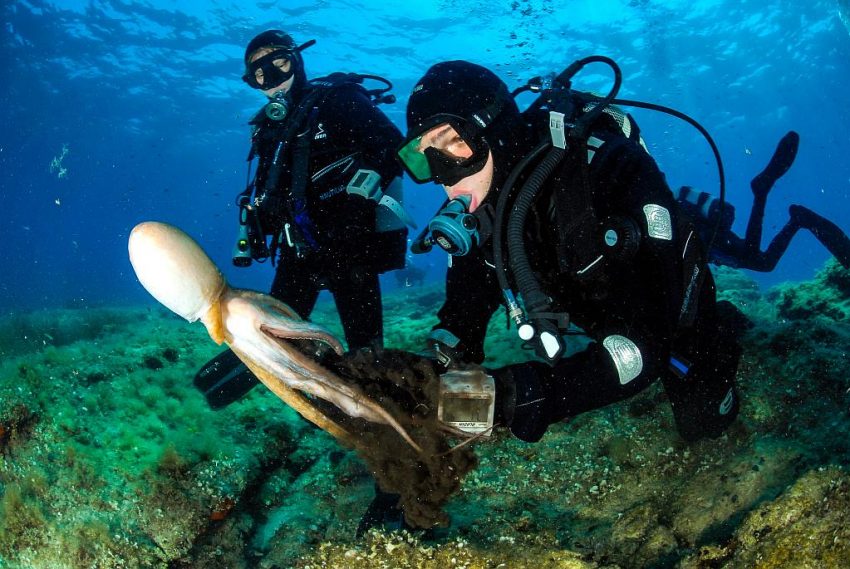
Croatia’s diving industry is thriving because of the beauty and variety of its underwater sights and the clarity of the water. Besides a lack of pollution, several factors cause the water of the Adriatic to be so clear. Microorganisms concentration in Adriatic waters are quite low which results in overall low particles concentration, allowing sunlight to penetrate as deep as 120 meters in some places. Also, the Adriatic’s sea floor is generally stony instead of sandy. With larger rocks on the bottom, there is less silt and sand for tides and currents to kick up off the sea floor.
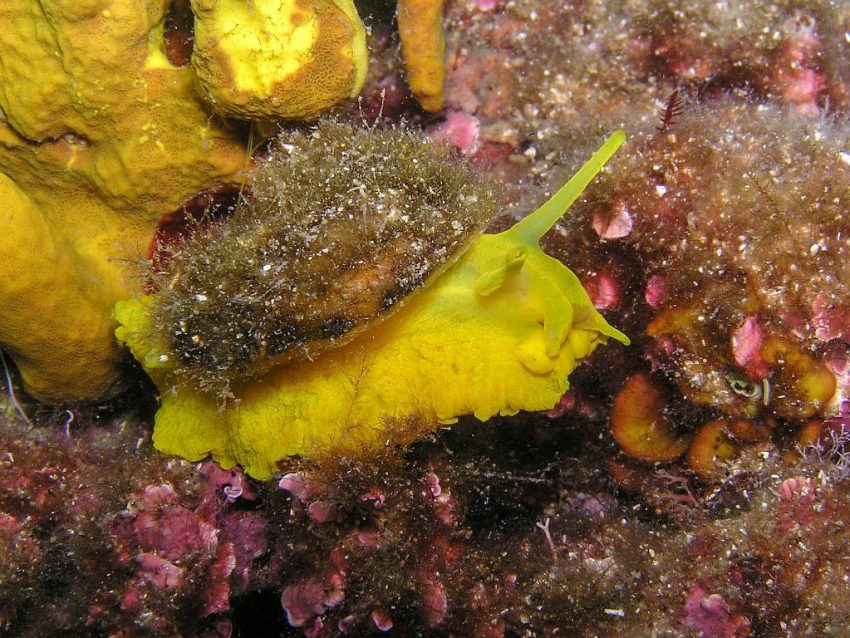
Diving is now very firmly established along the all of Croatia’s coast, from Istria to Dubrovnik as a way to enjoy another level of Croatia’s beauty. The northern part of the Adriatic sea is very shallow, as for example, around Istria peninsula where the depth rarely exceeds 45 meters and it becomes deeper moving south towards southern Dalmatia. The deepest point is near Jabuka island with the maximum depth exceeds 1300 meters.
All divers must be certified with a Croatian diving card (it costs 100 kn – 13 Euro), but if you are not certified, classes are readily available and are often at discounted rates. Check with the Croatia diving federation and enjoy your certification—valid for a full year after issue.
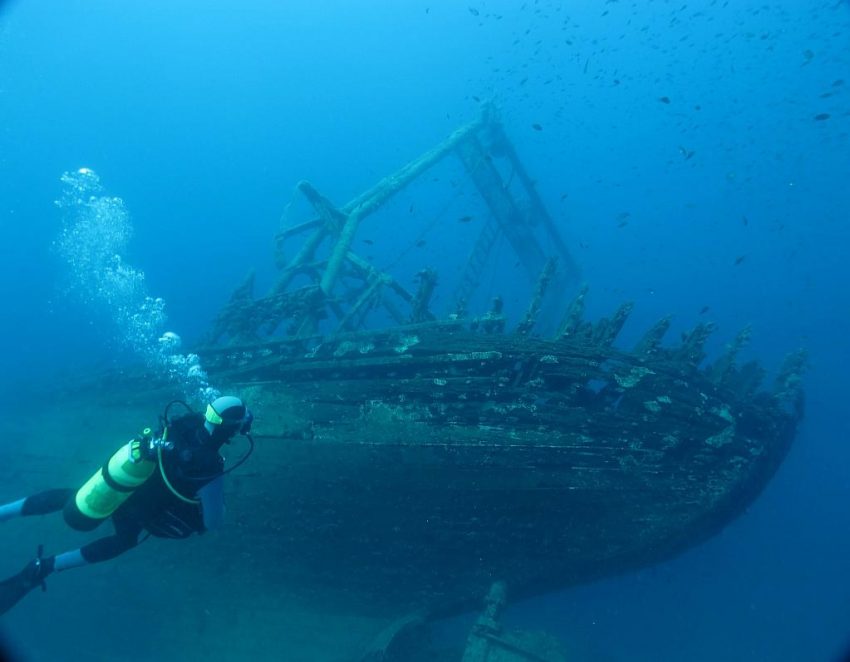
Cave diving is a Croatian specialty, and the cave at Sv Andrija island (near the island of Vis) is among the best the sea has to offer. Surrounded by red coral, the cave is a beautiful underwater sight and accessible by all certified divers.
Historically a seafaring region, Croatia also has shipwrecks to explore from all through the country’s long history. Because exploring shipwrecks can be more dangerous, many shipwrecks are recommended for advanced divers only. The Baron Gautsch is one of Croatia’s most popular shipwrecks to dive to and ten dive centers offer trips and tours of the underwater ship. The Baron Gautsch, Austro-Hungarian passenger ship that sank in 1914, offers the unique opportunity to dive where no one has explored before. The lower sections of the ship have not yet been fully explored, but because of the unpredictable nature of unexplored ships, the trip is recommended for advanced divers only. It sank after running into a minefield that has been set by the Austro-Hungarian Navy. The ship, 84.5 meters long and 11.64 meters wide was transporting 306 passengers and crew, of which only 159 were rescued. The wreck of Baron Gautsch lies near Rovinj, on a sandy and stony bottom 40 meters deep, overgrown with algae and sponges. It is one of the most popular diving destinations for wreck divers in the Adriatic. Other popular shipwreck sites in Croatia are tugboat Ursus (island of Vis), Lina cargoship (island of Cres), Boeing B-17 (island of Vis), Totonno cargo steamer (Dubrovnik) and Peltastis (island of Krk).
Although scuba diving is not allowed in the freshwater national parks like Krka and Plitvice, there are organized dives at both Kornati and Mljet national parks. The Kornati islands were designated a national park based partly on the exquisite beauty of the ocean floor in that region, its coral harboring an abundant and colorful display of fish and rays and reef life. The park has designated seven approved diving zones, throughout its 89 islands, each one offering different sea-life and geologic formations. Mljet national park also offers organized dives in the saltwater lake that makes up much of the parks area. Because of the weak tidal pull and low currents of the saltwater lakes, the wildlife and natural beauty of Mljet park is beyond all others. Like the Kornati, only divers with an organized group are able to dive. Even with the Croatian diving card, you will need a special permit for scuba diving in Kornati islands national park and Mljet national park.
